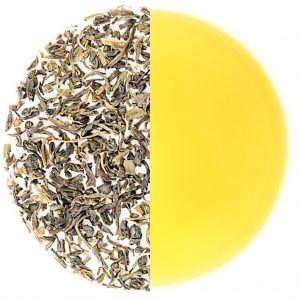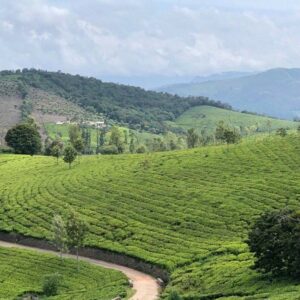Obscurantism: What Tea are you Really Buying?
The essential element in the black art of obscurantism is not that it wants to darken individual understanding, but that it wants to blacken our picture of the world
Friedrich Nietzsche
letter from a nepali tea producer
A few weeks ago a producer from Nepal wrote to me:
Dear Leo,
You will be pleased to know that we have stopped using “OOLONG” to describe our partially oxidised teas. Some European customers still want us to call them oolongs though.
Initially for want of a better name and to market our teas we used the term oolongs. Also we were so new to the tea business that we thought calling them oolong was similar to calling some teas “black tea” which is a generic name. Over the years we slowly came to know better. This year we felt confident enough to remove that tag from our partially oxidised teas.
We feel better now!
Warm regards,
Lochan
Semi-oxidised black tea is not oolong
My dear friend from the Himalayas produces a few semi-oxidised teas from the same tea bushes that they yield their black teas with. And with nearly the same processing procedures. Like so many others who follow the “definition” that an oolong is a tea that is between a green and a black tea, it was only natural for him to label the tea “oolong”, though it is not.
His tea is not any lesser tea than the finest Darjeeling. Darjeeling is itself famous for partial oxidation. It has, however, never been marketed as an oolong. You can find it under the black tea category in all teashops.
Oolong production involved a few particular steps that are totally different from the production of such semi-oxidised black teas. Oolongs are therefore biochemically quite different as an individual category.
Not all people of the tea trade are as willing as Lochan in correcting themselves when they begin to understand the real nature of oolongs.
- Iver Johnson Revolvers ad showing a small child playing with the company’s weapon in bed. “Absolutely safe” it says.
- Gillette Safety Razor ad. For those who do not know what this kind of razor is, don’t ever run your skin along the edge even with the safety cap on. The cap itself can easily be removed by a young child to extract the double edged, 3 cm long blade for cutting anything.
- Coca-cola ad encouraging moms to feed their baby with the soft drinks early in life. Big corporation can give you any lies as long as there is room for more transactions.
- Asthma cigarette ad that claims to treat many respiratory diseases. The brand name is Dr Batty’s. Wow
- Your nutrition tips: Butter is slippery. That’s why we eat as much as possible to lubricate our arteries and veins.
- Infommercial by Killing Salt Chemicals to tell consumers that DDT is good for all farm products
Others propagate the myth. Some knowingly, the majority simply parrot
This is not the only myth in the world of tea anyway. Spreading of myths, to some people in the trade, is seen as conducive to their business benefits. Tea is by far a most humble category in this practice anyway. Seeing the extent what the beauty and slimming industries can do, or financial institutes or even the government, there really is no reason that we blame our fellow tradespeople for their slight twist of facts.
To the consumers, however, there is every bit of rights to know what is real.
To me as both a trader and an advocate, I think it is only healthy for the trade of tea in the long run to define clearly the nature of things and keep product information as open as possible. It is only through the faith of the mass that the category of tea as a whole can prosper against the massive marketing attacks of junk drinks. It is only through mutual respect, genuine information and open communication that a category can win the faith of the mass.
So why have some people tried to obscure the definition of oolong?
















